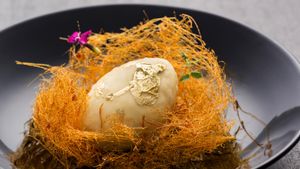In a typical south-Indian home or restaurant, the eeya chombu, a tin vessel with a narrow mouth and broad body, is used to make rasam – a thin broth with soupy consistency. Water, sometimes leftover from boiling dal or rice, is mixed with herbs and spices and allowed to simmer on slow heat.
Like a musical piece reaching its crescendo, the bubbling lets out aromas of long pepper, black pepper, dried ginger, cumin, turmeric, mustard seeds, curry leaves, coriander power and leaves, garlic and jaggery. The dominance of the souring agent is tamarind, at times replaced by awla and amchur. Altogether, they create a symphony of sour, spice, astringent, bitter and sweet flavours.
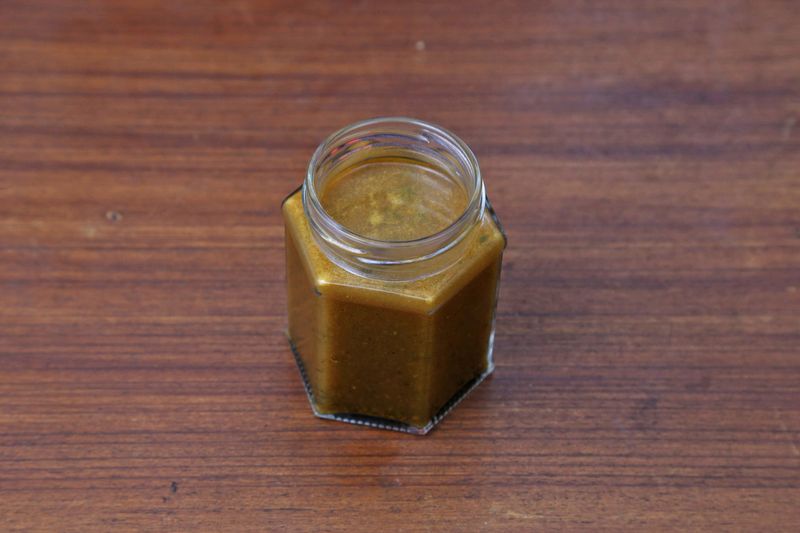
The most common story of the inception of rasam dates back to the 16th century, where it was invented in the household of a sourashtras, an immigrant community for a king’s son in Madurai who fell ill. Since, not just every state or region, but every family makes multiple varieties of rasam in south India, Kurush Dalal, archaeologist and food historian, says.
“The varieties can be anything between six to 20, depending on a Dalit, Vaishya, Kshatriya or Brahmin household,” he points out, adding, “Rasam takes on a recipe depending on season and occasion - from remembering the dead during shraadh, celebrating festivities to fight an illness. It sees addition of methi for nursing mothers to improve milk flow during breast feeding,” says Dalal, adding that the real modernisation of rasam began when Portuguese introduced tomatoes into the country. This distinction can be called ‘before tomatoes’ and ‘after tomatoes’,” he explains.
Modern-day interpretations

Cut to present day, rasam has seen innovative interpretations in restaurant kitchens and bars over the past years. Heads turned when senior executive chef Ajit Bangera introduced it in a French press at Avartana at ITC Grand Chola in Chennai in 2018. Recently, when it opened doors in Mumbai, the glorified version served in a martini glass became talk of the town. Smooth silky finish on the palate, a mouthwatering burst of flavours in unison, the rasam flavour with its shock value presentation was a visual appeal.
A lot happens before the humble rasam is served at the table, according to senior sous-chef Diptii Jadhav, who leads the Mumbai kitchen. “Fresh tomatoes are blended allowed to simmer for hours in a clarification process and then passed through second distillation. This essence is infused with roasted Tellicherry peppercorn and cumin for 15 minutes. Once ready it yet again infused with fresh coriander roots to give that freshness to the French press rasam,” says Jadhav, calling it an apt example of going global and keeping it local.
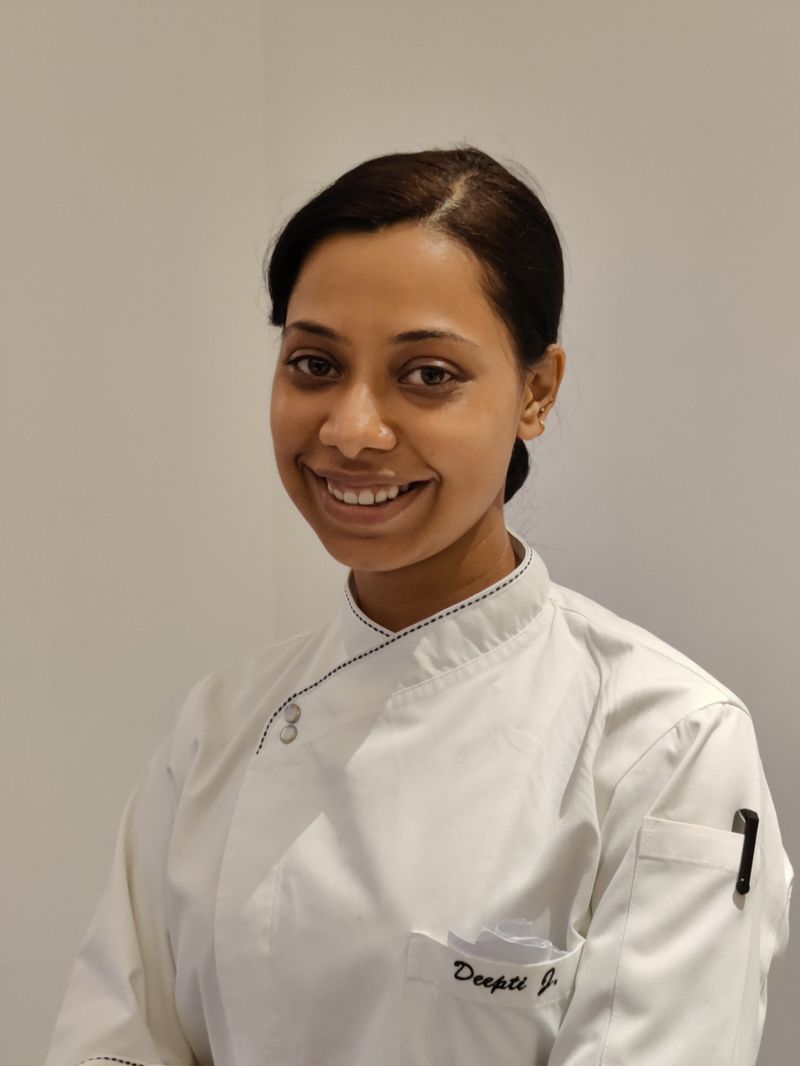
Culinary director Manish Mehrotra of Indian Accent makes two versions of rasam - the traditional Tamilian Crab Rasam and another, a twist on the Asian ramen with rasam as base broth. The latter features on his catering menus. “The crab rasam is a traditional Tamil recipe called nandu rasam. We present it with crab claws and a crunchy garnish. The Ramen Rasam has vermicelli with different toppings of sprouts, with option for adding meat. Rasam has the versatility of being light and suitable for every Indian palate,” he says.
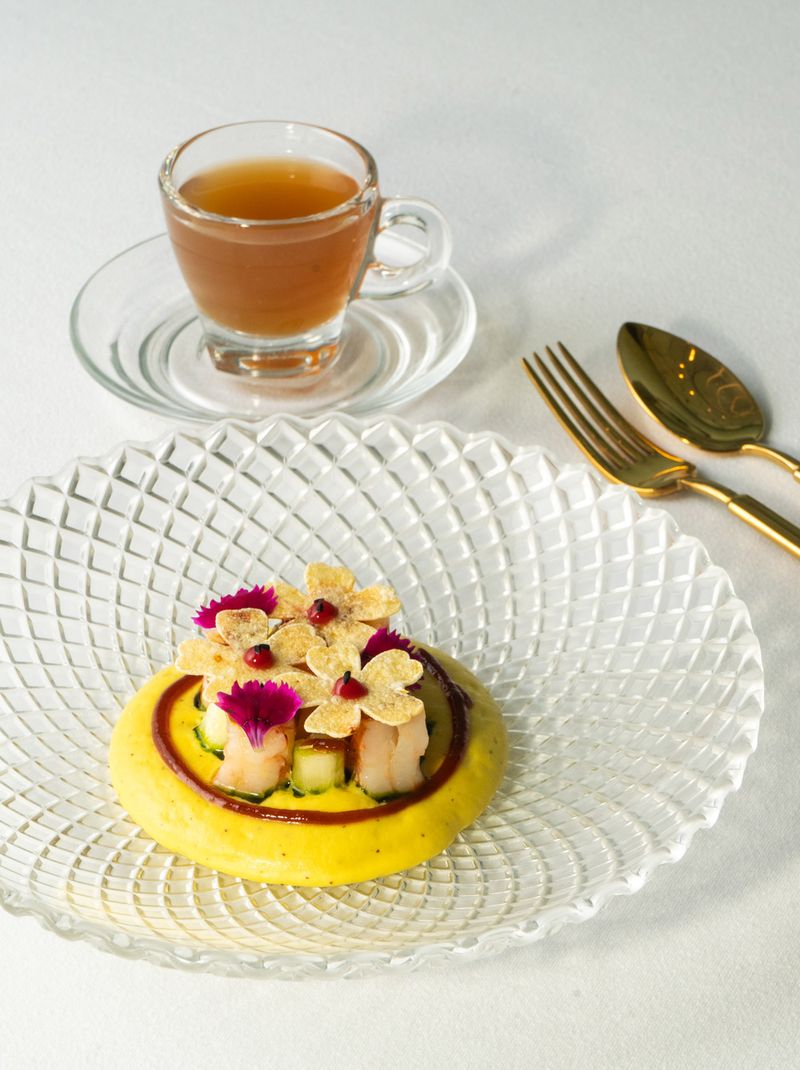
At Mumbai’s Trèsind, Prawn & Asparagus comes dressed with a jeera aloo espuma and tomato chutney. “This is accompanied with clear tomato broth of khada masala and jaggery. The dish is elevated in the kitchen, with the core idea to present flavours that are rooted in India. In the modern kind of cooking, technique can be global and ingredients local, or the other way around. Asparagus adds a textural crunch while jeera aloo, a north Indian delicacy, compliments the rasam. This unusual pairing fits well,” says head chef Sarfaraz Ahmed.
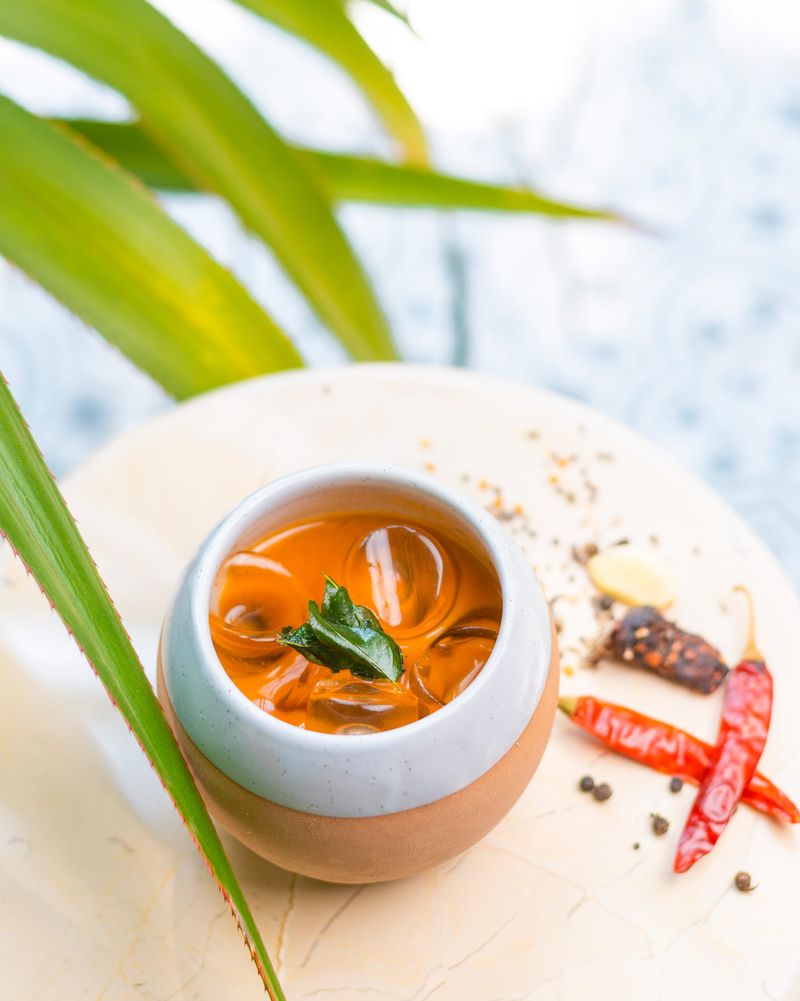
Rasam has played muse for mixologists too. At HOSA in Goa, bar head Varun Sharma, makes a Rasam Mary mocktail with fresh tomatoes as a base and rasam spices such as methi, tamarind, jaggery, garlic, lentils, curry leaves, chili, mustard seeds and coriander. “To this we add some rasam spice powder. After cooling, we blend everything and strain the juice. We serve this chilled in clay pot glasses,” says Sharma, adding that there is the option for guests to add vodka. “Tequilla compliments it well too,” he smiles.
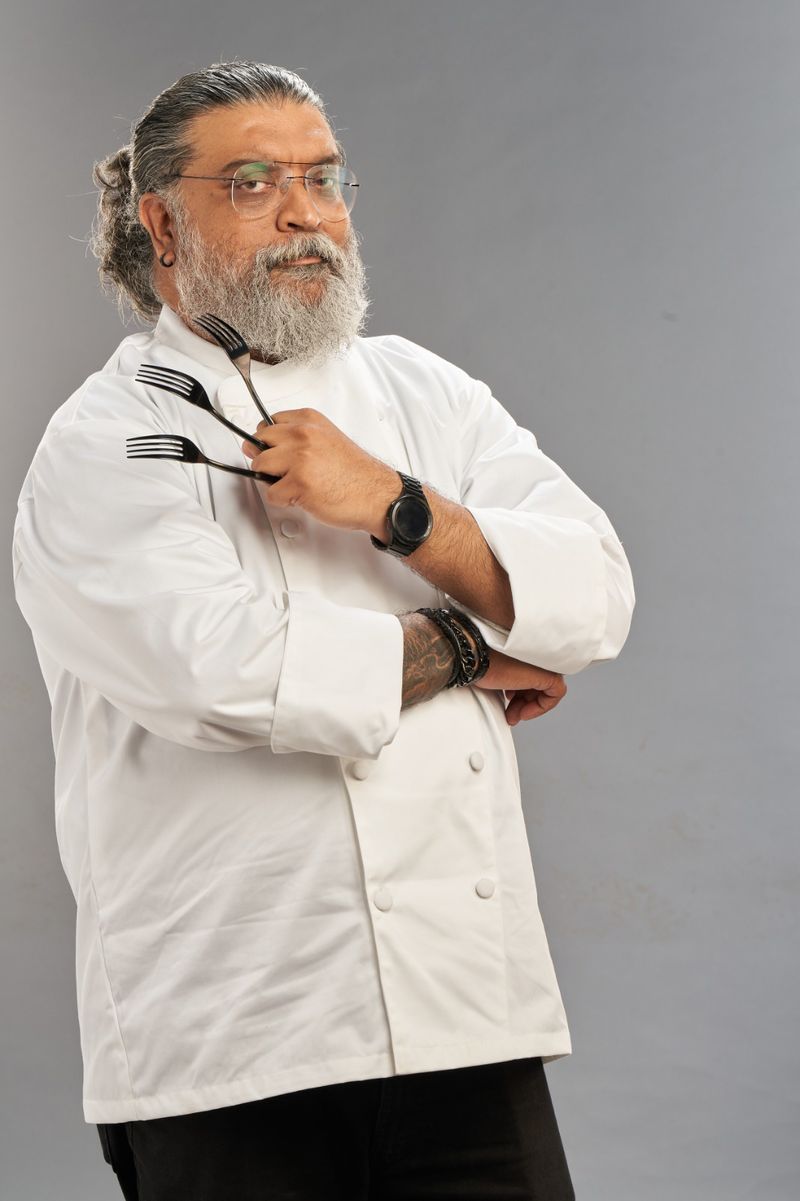
Koushik S, aka The Mad Chef India, who is often seen as a judge on MasterChef Tamil, says, “Every household has a rasam with their version of a secret ingredient that sets it apart. You may have dal in it, or not, it may be cooked or raw with a hot tempering. Rasam made out of neem flower is called Veppam poo rasam, and then there is Nellika Rasam, made of awla (Indian gooseberry) and of course, a Bloody Meenakshi, a take on the Bloody Mary spiked with vodka. Some love the texture of ingredients and some fussy palates like it strained. Added to rice with ghee, makes it a staple. Expose it to spherification, clarification and even make agar agar noodles, blast it with liquid nitrogen in molecular cooking and it turns into canvas for playful interpretations,” says Koushik.
Food historian chef Shri Bala agrees. “There is no wrong or right to being creative with rasam, as long as on first sip or bite is that of rasam. It is great to innovate and that is how the creativity of a chef deepens. Be it a chutney, or molecular gastronomy, the core should be retained,” she says, likening it to the “right sound of a musical note.”
In her robust repertoire, she makes a Telangana-special pachipulusu rasam. “This version is uncooked, and everything is raw; even the tamarind extract. Only the tempering is hot. This is poured on hot rice with a dollop of ghee. It is so humble and tasty,” she says, as our mouth waters. On the root of the dish, she says south India has no borders. “They are imaginary. We were never distinct regions – we were all together and there is unity in diversity. To call it a chicken and egg situation, rasa and saaru (which means extract) came first, and then the sambar,” she says.
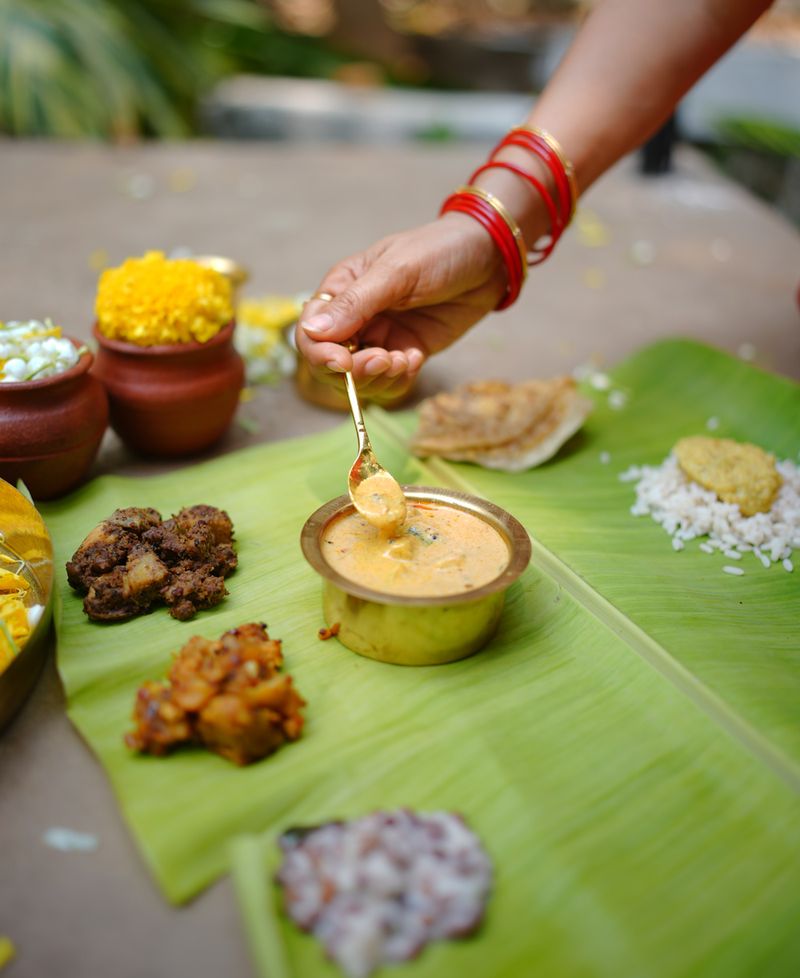
In Mumbai, Kerala cuisine cloud kitchen Nair on Fire, Chef Vinod G makes his own version of a healthy rasam; he nicknames it a superfood Ayurvedic rasam. “All the ingredients of the rasam have digestive properties and is rich in anti-oxidants. It is a complete balance of bitter, sour, astringent, sweet and spice. We add the pulp of moringa instead of dal, along with yellow gourd and amla,” says Vinod G, who also offers chicken and prawn rasam. “One of our unique preparations is a Keralite rasakalam curry, a somewhat hybrid of between rasam and kadhi,” he explains.
By the people, for the people

Rasam is the common thread among class structure traditionally, and thus, Dalal calls the rasam food of the common people. “There is a frugality in the drink – the watery broth is packed with flavours to turn rice into a slurry that goes down easily. This is something people don’t like to talk about – the poverty of rasam. It is very much the poor man’s flavour - you don’t have dal nor rice in it, but leftover water from boiling either. Call it a juice, soup, or in modern lingo even a jus. You’ll hardly miss an ingredient, as it sees alternate additions of vegetable stock, kadala (black chana), dried peas, even horse gram in traditional saaru in northern interior of Karnataka. In meat-eating homes, rasam uses bone broth and fish head. Some argue for the purity of rasam, but remember, less than three percent Tamilians are vegetarian. It is the ultimate Khatu Meethu Teekhu Kharu (sweet, sour, spicy, astringent) formula for turning any meal wholesome and tasty,” he says.
The word rasa, which in Sanskrit means essence, flavour and extract, grants rasam its name. In the arts, the meaning encompasses the quality of emotion. Chef Regi Mathew of Kappa Chakka Kandhari (KCK) in Chennai calls it a side dish with a main character – a flavour bomb in whichever format, where the essence of a particular ingredient is brewed into water. “The beauty and versatility of the rasam is it can add this essence to a dish and moistens the bite,” says Mathew, giving the example of a simple rasam vada. He puts it best: Rasam is anything that gives you the ticklish effect when you have it. It should make you salivate.”



